Ron Petrick
Reasoning on Grasp-Action Affordances
May 25, 2019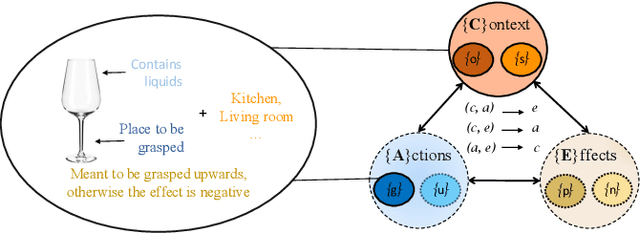
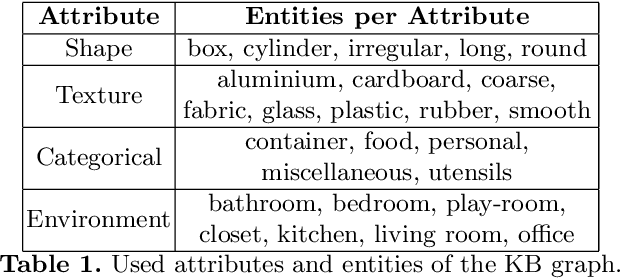
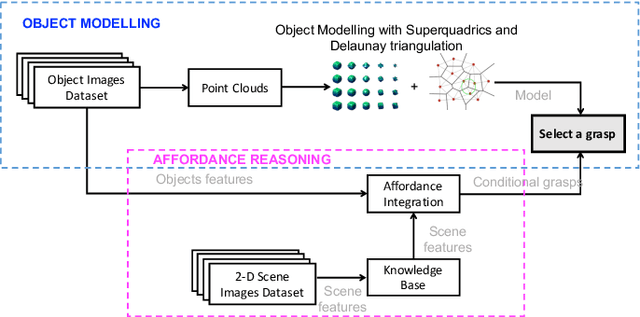
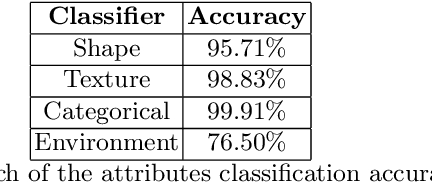
Abstract:Artificial intelligence is essential to succeed in challenging activities that involve dynamic environments, such as object manipulation tasks in indoor scenes. Most of the state-of-the-art literature explores robotic grasping methods by focusing exclusively on attributes of the target object. When it comes to human perceptual learning approaches, these physical qualities are not only inferred from the object, but also from the characteristics of the surroundings. This work proposes a method that includes environmental context to reason on an object affordance to then deduce its grasping regions. This affordance is reasoned using a ranked association of visual semantic attributes harvested in a knowledge base graph representation. The framework is assessed using standard learning evaluation metrics and the zero-shot affordance prediction scenario. The resulting grasping areas are compared with unseen labelled data to asses their accuracy matching percentage. The outcome of this evaluation suggest the autonomy capabilities of the proposed method for object interaction applications in indoor environments.
The ORCA Hub: Explainable Offshore Robotics through Intelligent Interfaces
Mar 06, 2018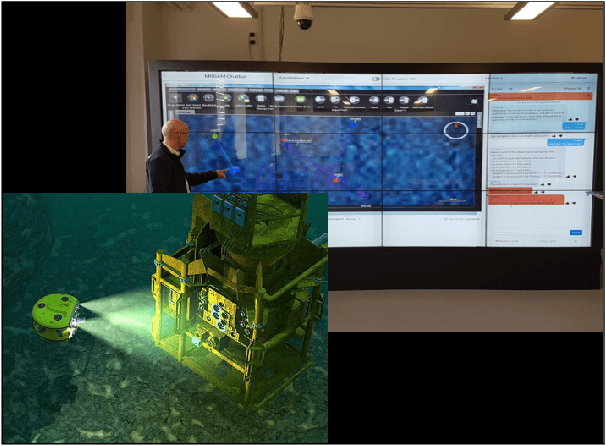
Abstract:We present the UK Robotics and Artificial Intelligence Hub for Offshore Robotics for Certification of Assets (ORCA Hub), a 3.5 year EPSRC funded, multi-site project. The ORCA Hub vision is to use teams of robots and autonomous intelligent systems (AIS) to work on offshore energy platforms to enable cheaper, safer and more efficient working practices. The ORCA Hub will research, integrate, validate and deploy remote AIS solutions that can operate with existing and future offshore energy assets and sensors, interacting safely in autonomous or semi-autonomous modes in complex and cluttered environments, co-operating with remote operators. The goal is that through the use of such robotic systems offshore, the need for personnel will decrease. To enable this to happen, the remote operator will need a high level of situation awareness and key to this is the transparency of what the autonomous systems are doing and why. This increased transparency will facilitate a trusting relationship, which is particularly key in high-stakes, hazardous situations.
 Add to Chrome
Add to Chrome Add to Firefox
Add to Firefox Add to Edge
Add to Edge